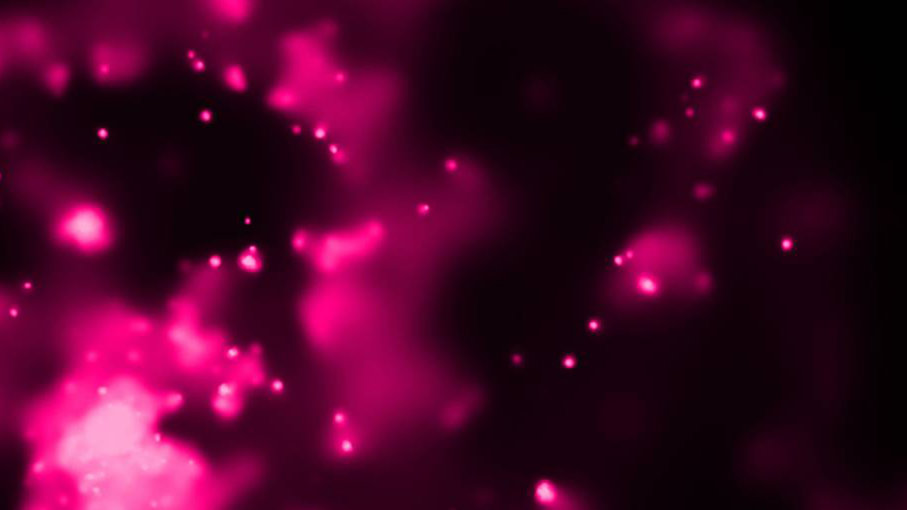Tiny Yet Mighty: Neutron Stars May Be Ravenous X-ray Dazzlers

Neutron stars may not be as weighty as their more massive black hole cousins, but they can be just as mighty when it comes to generating awesome X-ray fireworks.
Since the 1980s, astronomers have studied sources of intense X-rays erupting from the outer regions of other galaxies. They’re called ultraluminous X-ray sources, or ULXs, and they output more energy than a million suns. Usually, astronomers would observe such powerful emissions in the cores of active galaxies, where feeding supermassive black holes lurk, but ULXs are far from these behemoths. The idea was that they were being generated by smaller stellar-mass black holes — of a few tens of solar masses — feeding on the gases of unfortunate stars.
But a baffling pattern started to emerge in 2014 when NASA’s Nuclear Spectroscopic Telescope Array (NuSTAR) mission and other space telescopes started to study these enigmas. It turns out that ULXs may not be powered by black holes at all; rather, neutron stars appear to be the culprit.
“It was a huge surprise,” says Fiona Harrison, principal investigator of the NuSTAR mission and professor of physics at Caltech, in Pasadena, California. “At first people thought there was something wrong with the observation.”
Far from being wrong, in a new study co-authored by Harrison and published in the journal Nature Astronomy, a neutron star has been confirmed to be the engine behind a ULX in the famous Whirlpool galaxy, also known as M51. The galaxy is located 28 million light-years from Earth. It’s the fourth time that astronomers have identified a ULX powered by a neutron star.
M51 galaxy
The M51 galaxy is thought to be the home of an awesome ultraluminous X-ray source (on left) powered by a neutron star.
NASA/CXC/CALTECH/M.BRIGHTMAN ET AL.; OPTICAL: NASA/STSCI
While studying archival data from NASA’s Chandra X-ray Observatory, the researchers noticed a mysterious dip in the ULX light spectrum. When they investigated, they deduced that it must have been caused by cyclotron resonance scattering, a phenomenon that occurs in highly magnetic environments and is caused by charged particles, such as electrons and protons, spiraling around the magnetic field.
Here’s the kicker: Black holes don’t have magnetic fields, whereas neutron stars are famous for being magnetic powerhouses, so the fact that the spectrum of this ULX has the fingerprint of cyclotron resonance scattering is a big clue that a black hole isn’t powering it, but a neutron star is.
Ravenous Neutron Stars
Neutron stars are super-dense stellar remnants that are left behind after a star runs out of fuel and explodes as a supernova. Composed of degenerate matter, just a teaspoon of neutron star stuff would weigh as much as a mountain. These objects are extremely magnetic; the entire magnetic field of the star it came from is shrunken into an object that’s the size of a city. But for a neutron star to generate a ULX, there must be something very special going on.
Should a neutron star be a part of a binary system, where two stars orbit one another, it may begin to pull at the hot gases of its binary partner, dragging it into an accretion disk. As the gas falls toward the neutron star, it will heat up, generating powerful X-ray radiation. But there’s a limit to how much X-ray energy a neutron star can generate.
“In the same way that we can only eat so much food at a time, there are limits to how fast neutron stars can accrete matter,” said Murray Brightman, a postdoctoral scholar at Caltech and the study’s lead author, in a statement.
As the matter falls in, more X-rays are generated, but this isn’t sustainable. At a certain point – something called the Eddington Limit – the X-ray radiation will become so powerful that it will physically push away any more gas from falling into the neutron star’s accretion disk. It’s a natural cutoff. Once X-ray energy reaches this limit, the gas supply is choked, and the X-ray emissions are capped.
“But ULXs are somehow breaking this limit to give off such incredibly bright X-rays, and we don’t know why,” Brightman added.
The researchers have a hunch, however, that the neutron star’s magnetic personality may be the key. They think that the dips caused by cyclotron resonance scattering in the X-ray spectra — like the one in M51’s ULX — may help us to understand what’s going on.
If the cyclotron resonance scattering is being caused by protons interacting with the neutron star’s magnetic field, this would reveal that the magnetism around the neutron star is extreme. Extreme magnetism could reduce the pressure of the ULX X-rays, thus allowing more gas to fall into the neutron star, turbo-boosting the X-ray emissions. If the resonance is being caused by electrons, however, that would suggest a weaker magnetic field, one that cannot explain the ULX energy.
More work is needed before we know for sure whether extreme magnetic fields surrounding neutron stars are what is allowing them to punch above their weight.
“If [ULXs] are magnetars it makes it easier for them to appear so bright,” Harrison says.



 Creators of mankind
Creators of mankind Description of “Tall white aliens”
Description of “Tall white aliens” Where they came from?
Where they came from? About hostile civilizations
About hostile civilizations The war for the Earth
The war for the Earth “Tall white aliens” about eternal life
“Tall white aliens” about eternal life Video: “Nordic aliens”
Video: “Nordic aliens” Aliens
Aliens Alien encounters
Alien encounters The aliens base
The aliens base UFO
UFO Technology UFO
Technology UFO Underground civilization
Underground civilization Ancient alien artifacts
Ancient alien artifacts Military and UFO
Military and UFO Mysteries and hypotheses
Mysteries and hypotheses Scientific facts
Scientific facts


















